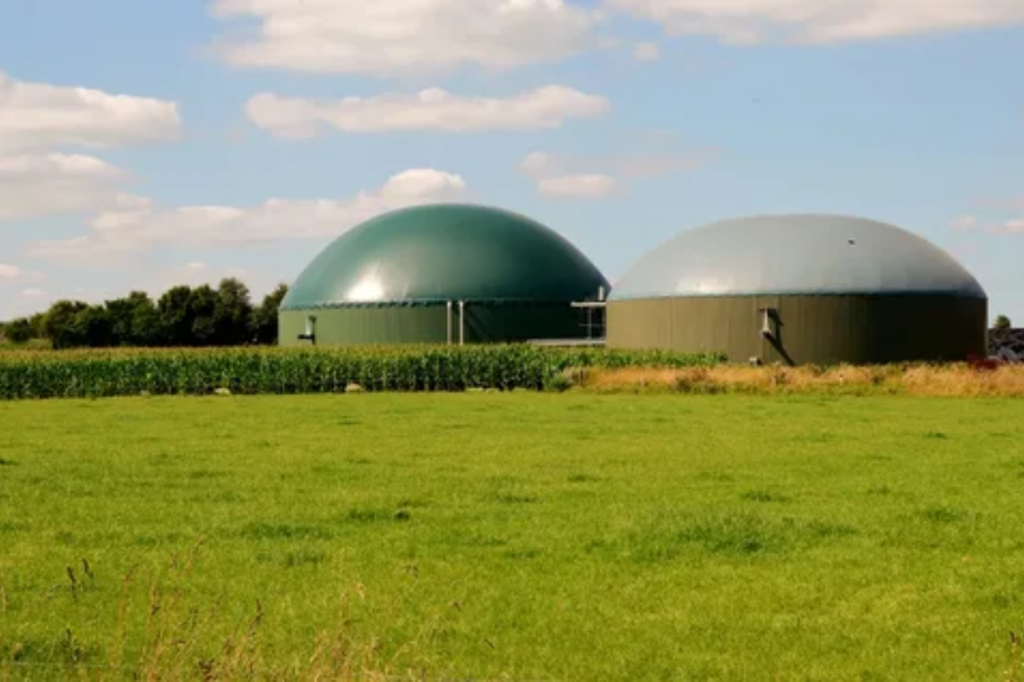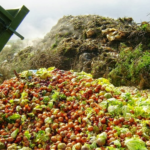
Renewable energy sources are crucial for sustainable development and reducing the global carbon footprint. Among these, biogas is a noteworthy contender due to its unique benefits and applications. This article delves into a comparative analysis of biogas and other renewable energy sources, highlighting the strengths and limitations of each.
What is Biogas?
Biogas is produced through the anaerobic digestion of organic matter such as agricultural waste, manure, municipal waste, plant material, sewage, green waste, or food waste. This process is carried out by microorganisms in the absence of oxygen, resulting in a mixture primarily composed of methane (CH₄) and carbon dioxide (CO₂). Biogas can be used for generating electricity, heating, and as a vehicle fuel.
Key Players in Biogas Technology
One prominent player in the biogas technology sector is Earthcare Equipments, a manufacturer specializing in organic waste composting machines and biogas production systems. Their innovations and contributions have significantly advanced the efficiency and adoption of biogas as a renewable energy source.
Comparative Analysis
1. Biogas vs. Solar Energy
Solar Energy:
- Source: Solar energy harnesses power from the sun using photovoltaic (PV) cells.
- Advantages: Abundant and inexhaustible source; minimal operational costs after installation; low environmental impact.
- Limitations: Intermittent energy supply due to weather conditions and day-night cycles; high initial installation costs; large space requirement for solar farms.
Biogas:
- Source: Organic waste materials.
- Advantages: Utilizes waste materials, reducing landfill use and methane emissions; continuous energy production; versatility in applications (electricity, heat, fuel).
- Limitations: Requires a steady supply of organic waste; maintenance of anaerobic digesters; potential odor issues.
Comparison:
- Solar energy is more scalable and suited for direct electricity generation in diverse locations.
- Biogas provides a reliable energy source that can complement solar power, especially in agricultural and rural areas where organic waste is plentiful.
2. Biogas vs. Wind Energy
Wind Energy:
- Source: Wind turbines convert kinetic energy from wind into electricity.
- Advantages: Clean and abundant energy source; low operating costs after installation; can be used in various scales, from small turbines to large wind farms.
- Limitations: Intermittent energy supply; visual and noise pollution; impact on wildlife (e.g., birds and bats).
Biogas:
- Advantages: Consistent energy production; effective waste management solution; potential for cogeneration (combined heat and power).
- Limitations: Dependent on organic waste availability; complex digester systems require regular monitoring and maintenance.
Comparison:
- Wind energy is more suitable for large-scale electricity generation in windy regions.
- Biogas is advantageous for localized, decentralized energy production, particularly in areas with substantial organic waste.
3. Biogas vs. Hydropower
Hydropower:
- Source: Converts the energy of flowing water into electricity.
- Advantages: Reliable and consistent power supply; high energy efficiency; potential for large-scale electricity generation.
- Limitations: Environmental impact on aquatic ecosystems; displacement of local communities; high initial costs and long development time.
Biogas:
- Advantages: Environmentally friendly waste disposal method; continuous energy generation; less environmental disruption compared to large hydropower projects.
- Limitations: Smaller scale compared to hydropower; dependency on organic waste supply.
Comparison:
- Hydropower is ideal for regions with significant water flow and infrastructure capacity.
- Biogas offers a more flexible and less ecologically disruptive option for energy production in diverse locations.
4. Biogas vs. Geothermal Energy
Geothermal Energy:
- Source: Uses heat from the Earth’s interior to generate electricity or provide direct heating.
- Advantages: Stable and continuous energy source; minimal environmental impact; low operational costs.
- Limitations: Limited to geologically active regions; high initial investment for drilling and infrastructure.
Biogas:
- Advantages: Utilizes widely available organic waste; flexible installation locations; contributes to waste reduction.
- Limitations: Energy production dependent on waste input; requires ongoing management of digesters.
Comparison:
- Geothermal energy is highly efficient and sustainable in suitable locations with geothermal activity.
- Biogas can be deployed more widely and adapted to various community and agricultural needs.
Summary
Each renewable energy source offers distinct advantages and faces unique challenges. Solar, wind, hydropower, and geothermal energy are powerful tools for reducing dependence on fossil fuels and mitigating climate change. However, biogas stands out for its ability to convert organic waste into valuable energy, addressing both waste management and energy production challenges.
Earthcare Equipments located in Pune, Maharashtra, India plays a vital role in promoting biogas technology through their innovative solutions in organic waste composting and biogas production. By integrating biogas with other renewable energy sources, we can create a more resilient and sustainable energy future.
The comparative analysis highlights that while no single renewable energy source can meet all our needs, a diversified approach leveraging the strengths of each can lead to a more sustainable and environmentally friendly energy landscape.




